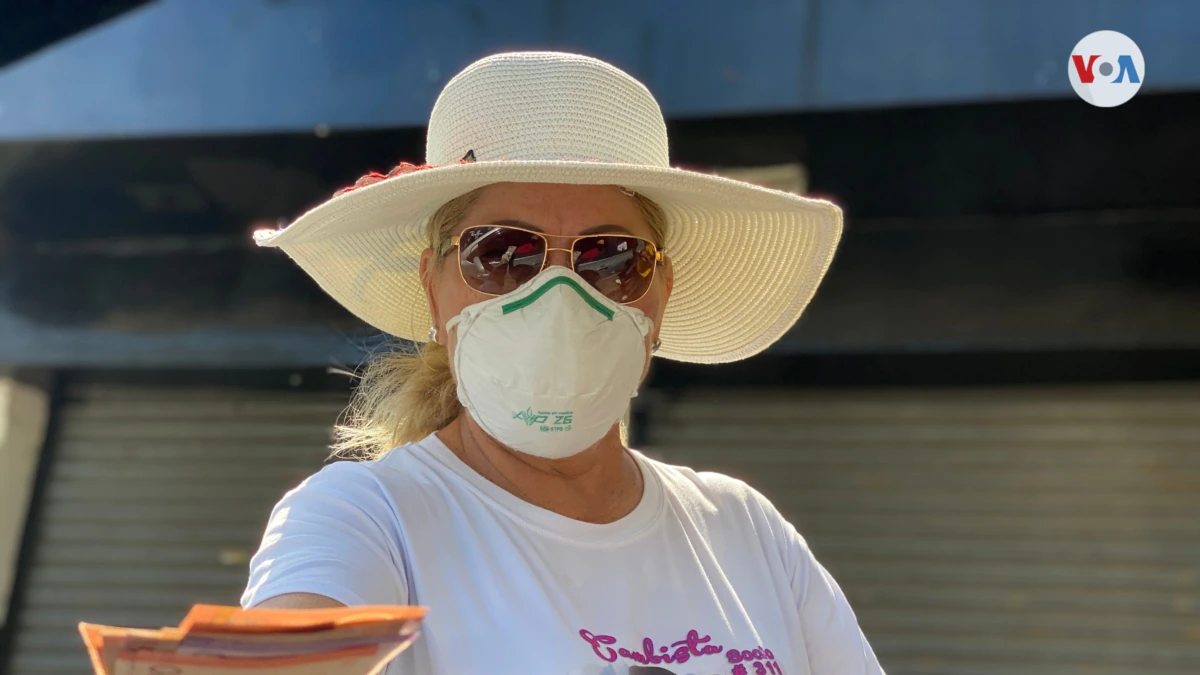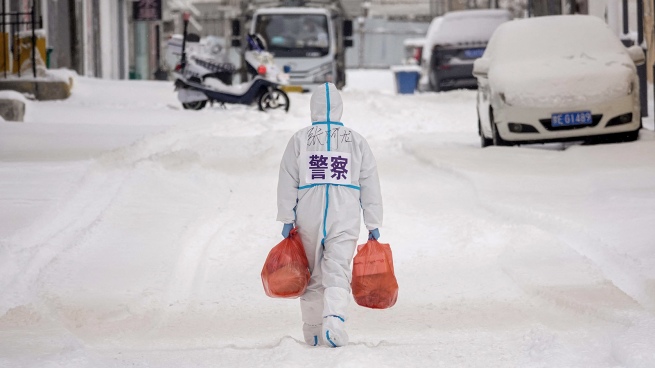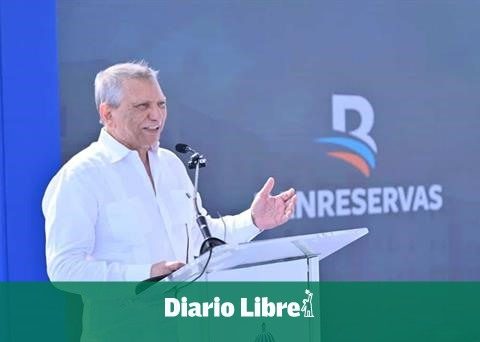María has been left alone in Nicaragua.
When Nicaragua was embroiled in protests against President Daniel Ortega four years ago, Maria’s relatives lost their jobs, she told the woman. Voice of America.
He says that part of his family, including the father of his children, had no other option than to flee to the United States where they have currently requested political asylum.
Meanwhile, María, the mother of two minor children, faces difficulties in finding a job since she has no one to take care of them.
“I am exempt from the remittances that her father sends,” says the young 27-year-old mother.
The woman receives about 300 dollars a month to be able to pay the rent and some expenses such as food and clothing for her children, but she complains that this income does not compensate for the father figure. Still, she says it’s something she’s trying to come to terms with.
Their experience is shared by thousands of families, with relatives who have left Nicaragua in search of protection due to the selective persecution that the Ortega government has unleashed against its critics, and although they do not mention it directly, it is reflected in official statistics that indicate an increase in remittances from abroad.
In the month of February alone, Nicaragua received a total of 38.6 million additional dollars in remittances than what was sent in the same month last year, which represents an increase of 22.5%, according to official data from the Central Bank.
Main senders of remittances
In first place is the United States with 67.6% of total remittances, followed by Spain with an amount of 12.4% and in third place Costa Rica, a neighboring country to which many people have emigrated.
Likewise, the financial entity indicated that remittances from the United States showed a year-on-year growth of 40% percent, those from El Salvador grew by 22.2%, those from Canada and Costa Rica by 15.0% and 6.1%, respectively.
The director of the Migration, Remittances and Development Program of the Inter-American Dialogue, Manuel Orozco, emphasizes that although remittances registered strong growth throughout the world, in Latin America and the Caribbean growth was exceptionally strong due to the economic recovery in the United States.
But it also underlines that the growth in remittances to Latin America is largely the result of a migratory flow that increased in 2021.
“The number of Central Americans who may have left the region is just over a million, including 900,000 who tried to enter the United States through the border with Mexico. In El Salvador, the recipients of remittances increased by 34%, in Honduras 40% and in Nicaragua 56%”, he values.
Political analysts and opponents of the Ortega government such as Enriquez Sáenz question the closeness of Nicaragua to Russia, even in the midst of the invasion of Ukraine, and they do so based on the statistics of remittances and exports in which States. Unidos is also the main commercial partner of Managua.
He explains that, for example, in 2021, Managua received 1.37 billion dollars that originated from the work of Nicaraguans in the United States. “How many remittances came from Russia. Zero”, answers Sáenz.
“With this, what Ortega is demonstrating is that he is on one sidewalk in his desire to perpetuate himself in power and the Nicaraguan people are on another sidewalk,” he concludes.
Connect with the Voice of America! Subscribe to our channel Youtube and turn on notifications, or follow us on social media: Facebook, Twitter and Instagram.















